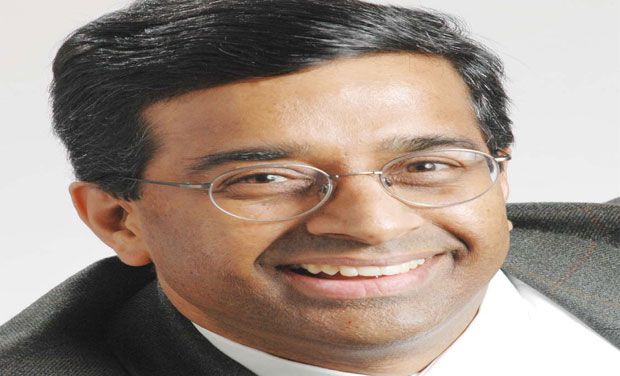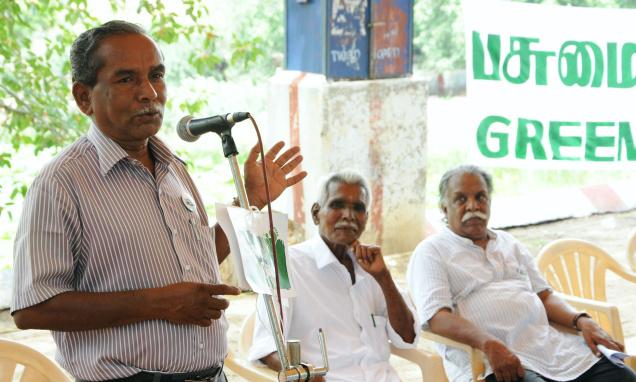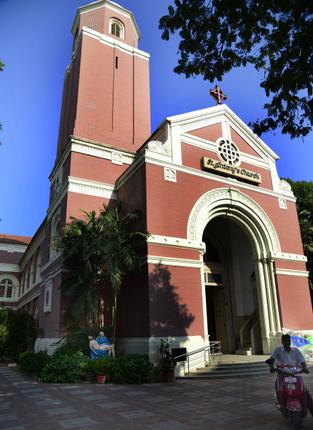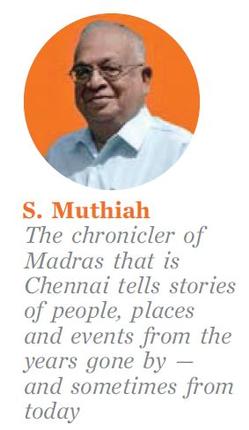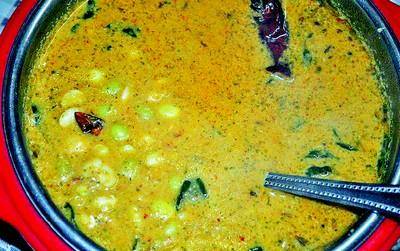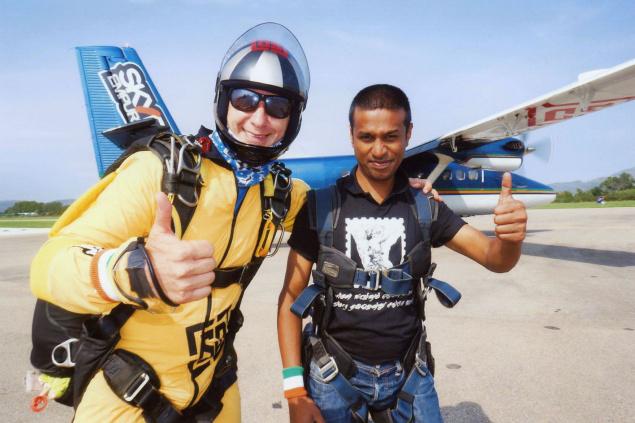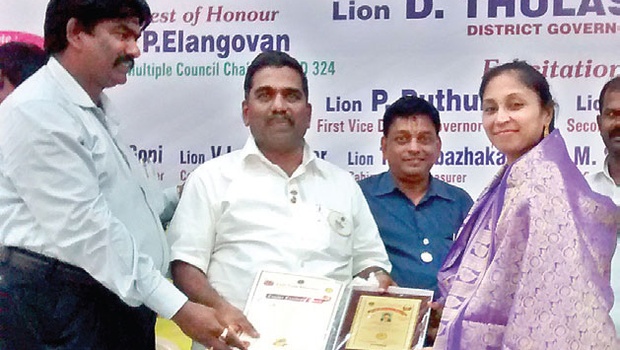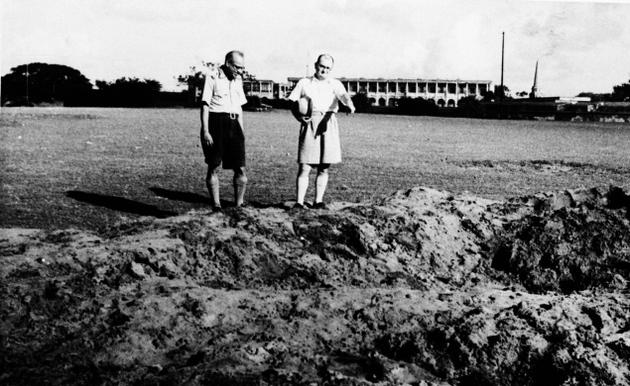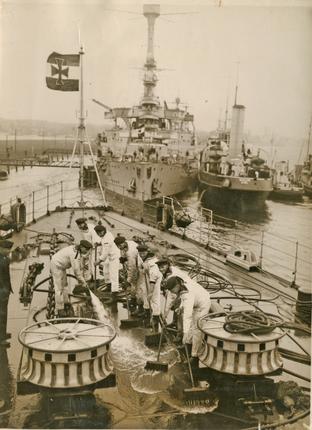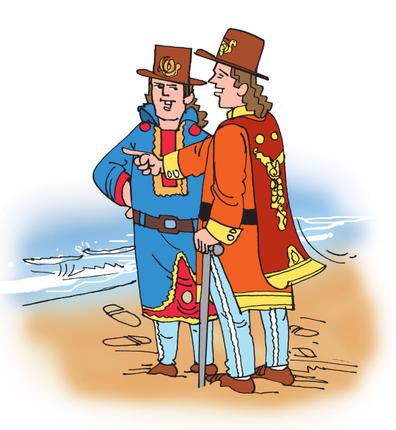
Two persons, Francis Day and Andrew Cogan, decided to buy a strip of land. For them, it seemed a gamble. Now, three centuries and more later, we look back and find that the gamble did pay off.
August 22, 1639, South of Pulicat, Tamil Nadu
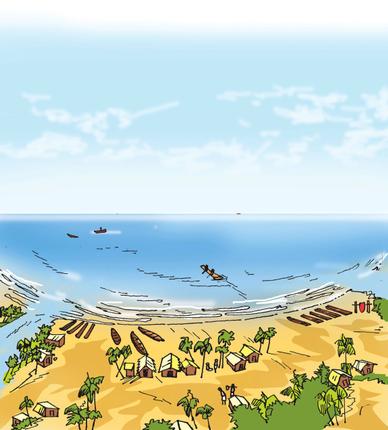
Two men were standing on a sandy strip by the beach. The afternoon sun was scorching, but they didn’t seem to mind the heat — considering they were Englishmen, obviously unused to such temperatures.
“So, you are satisfied, then?” asked one, his shoes scrunching in the sand.
“Rather a silly question to ask now, don’t you think?” replied the other, shielding his eyes as he stared across the sand to the choppy sea. “After all the endless haggling and arguing and signing of the required documents.”
“And that is when one always begins to question one’s decisions,” sighed the first man.
“I thought this place might be right if …”
“I thought the choice of location was mine,” cut in his companion.
“Yes it was, Mr. Day,” Andrew Cogan smiled slightly. “And that fact will go down for posterity, never fear. Let it be known, henceforth that Mr. Francis Day of the Honourable East India Company, having looked upon several sites to establish a factory…”
“And setting one right at the feet of the Dutch in Armagon, upon which we got on each others’ nerves.” Day put in with a grin.
“… for some very strange reason decided upon this sandy strip, some three miles long and one mile wide, south of a fishing kuppam …”
“Because this site offers us long cloth that’s cheaper than anywhere by almost 20 per cent. Excellent trade prospects, wouldn’t you say?”
Cogan carried on, as if there had been no interruption. “But choosing the site, ladies and gentlemen,” he informed his imaginary audience. “ …was only the beginning. Then began a protracted process of gaining an audience with the Nayak king who ruled these parts.”
“Wandiwash and Poonamallee.”
“And who went by the name of …” Cogan stopped. “I don’t think I’ll ever get used to their names. They break my teeth.”
“Damarla Venkatadri, and Damarla Ayyappa Nayak, governors of the stretch of land between Pulicat and San Thome, and representatives of the Vijayanagara Empire. Beri Thimmappa, my dubaash, certainly had his work cut out,” Day added, helpfully. “I think they want Persian horses and military protection. Why else would they let us in here, when the Dutch and Portuguese have already established trade?”
“Blahblahdeblah and you even managed to convince me, just going about my work in Masulipatnam, to persuade our superiors to set up our factory on this beach, bounded on two sides by rivers and the sea on the third.”
“It’s pretty here, isn’t it?”
A bargain?
Cogan stared around him. At the broad, sandy beach, leading right down to crashing, frothing waves. Beyond stretched a restless blue-green sea, heaving and tumbling in the mid-day sun. Random fishermen dotted the shores, staring at them curiously, while the fishing hamlet lay sleepily, hazy in the distance. It was not really pretty, from a conventional point of view. But Cogan understood what Day meant. This little place was now theirs.
“Ahem,” he cleared his throat, dismissing the emotion. “And now, beloved and bored members of this august gathering of sand and sea-creatures, I present to you…” he stopped, and stared at his colleague. “You know, we haven’t named this place, yet.”
“Likely because it already has a name? A long and complicated one in honour of the Vijayanagara Rayas, obviously.”
“Aren’t you forgetting something?” Cogan waved his arms around. “This place — the one we’ve negotiated so hard for — is empty. No residents — and hence, no name. Come, now. We can’t keep calling it “that-sand-spit” for all eternity.”
“I highly doubt we will,” was Day’s dry answer. “But I see your point. Suggestions?”
“Plenty. That fishing hamlet just north of us — wouldn’t their name suit, for now?”
“It wouldn’t,” Day was vehement. “That hamlet’s headman wouldn’t give up his banana grove for our factory until Thimmappa promised privileges — I’m not sure I want our site named after him.”
“Well, it is his grove, after all.”
“Considering it was the Nayak’s grant, wouldn’t they want this place named after themselves?” Day interrupted. “Isn’t their father called Chinna — Chennappa, or something?”
“Possible. On the other hand, the people of that kuppam are parishioners of the Madre de Deus Church of San Thome. I’ve heard that they would like to adapt the church’s name to this settlement.”
“Or we could just as easily take the name of Madeiros, of San Thome. Wealthy Portuguese family and they’ve been of great assistance to us so far.”
“Madeiros City,” Cogan murmured.
“A city is called Pattinam in these parts,” Day offered.
They stared out at the beach together, thinking, making plans, about trade and about what — if anything — they could achieve here.
“Do you think we’ll ever make a success out of all this?” Cogan asked, finally.
“To tell the truth, I have no idea,” Day admitted. “This is the wildest gamble I’ve ever indulged in.”
“You never know,” Cogan countered. Suddenly, he grinned. “This might become a bustling, thriving city at some point.”
“To the city of new beginnings,” Day mused. “Madras.”
In the beginning
Andrew Cogan and Francis Day’s factory site on an uninhabited sandy strip eventually grew to become one of India’s renowned metropolises, and the capital city of Tamil Nadu. Home to South Indian culture, automobiles, and for incredible advances in medicine, Chennai is the only city in South Asia, to find a place in 52 Places to go around the World by New York Times. Every year, August 22 is celebrated as Madras Day, and this year, 2014, is Chennai’s 375 birthday.
source: http://www.thehindu.com / The Hindu / Home> Features> Young World / by Pavithra Srinivasan / August 21st, 2014
